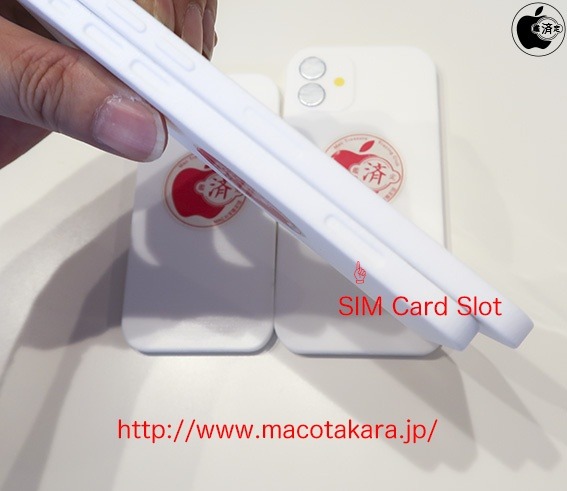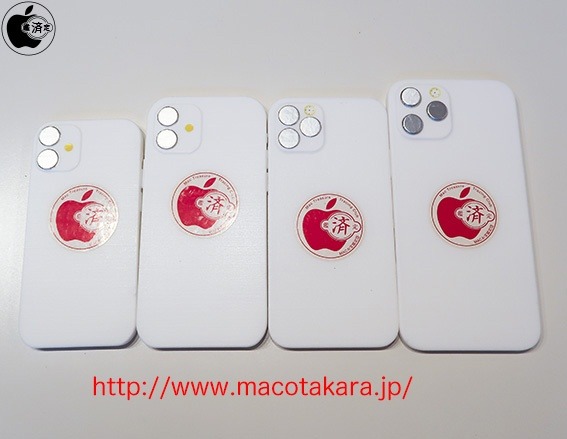iPhone 12 Mockups Suggest A Small Change That Has A Big Purpose
Although things are looking rather bleak, especially in the US, one thing that hasn't changed is people's expectations of upcoming new devices. Whether those devices will be delayed or not is a different question but it at least seems that things are still on track for some of those big products for 2020. Aside from the Samsung Galaxy Note 20, the iPhone 12, whose name hasn't yet been confirmed, is expected to make a big splash with Apple's first 5G phones, a feature that has apparently forced apple to change a design that has been standard for years.
The SIM card tray on Android phones has danced around a lot, especially when you consider that different smartphone makers put theirs in different places. In contrast, iPhones have long had a more consistent design in that regard, putting the SIM tray on the same side as the power button on the right. According to Mac Otakara's sources and 3D printer mockups, that will change in this year's high-end iPhones.

The SIM card tray will be migrating to the left side of the iPhone 12, the site says, located below the volume rocker buttons. This change isn't just based on a whim but because the old position of the SIM tray will be the home of the new Qualcomm 5G Antenna in Package (AiP). As many manufacturers found out, having that component meant shuffling some other things inside.
That 5G AiP is no small matter, which is probably why Apple was prepared to make concessions, including a delay in production schedules. More than just 5G, Qualcomm's chip would allow the iPhone to support the still rare mmWave network that, so far, only Verizon has in the US. Most other 5G networks use the sub-6GHz band and don't always require an additional radio.

Of course, these 3D mockups are still based on unofficial sources, so a bit of skepticism is always warranted. Aside from the placement of the SIM card tray, the 3D printed iPhones also corroborate four models and three sizes that the iPhone 12 is expected to have, as well as the design and placement of dual or triple cameras on those iPhones' backs.
